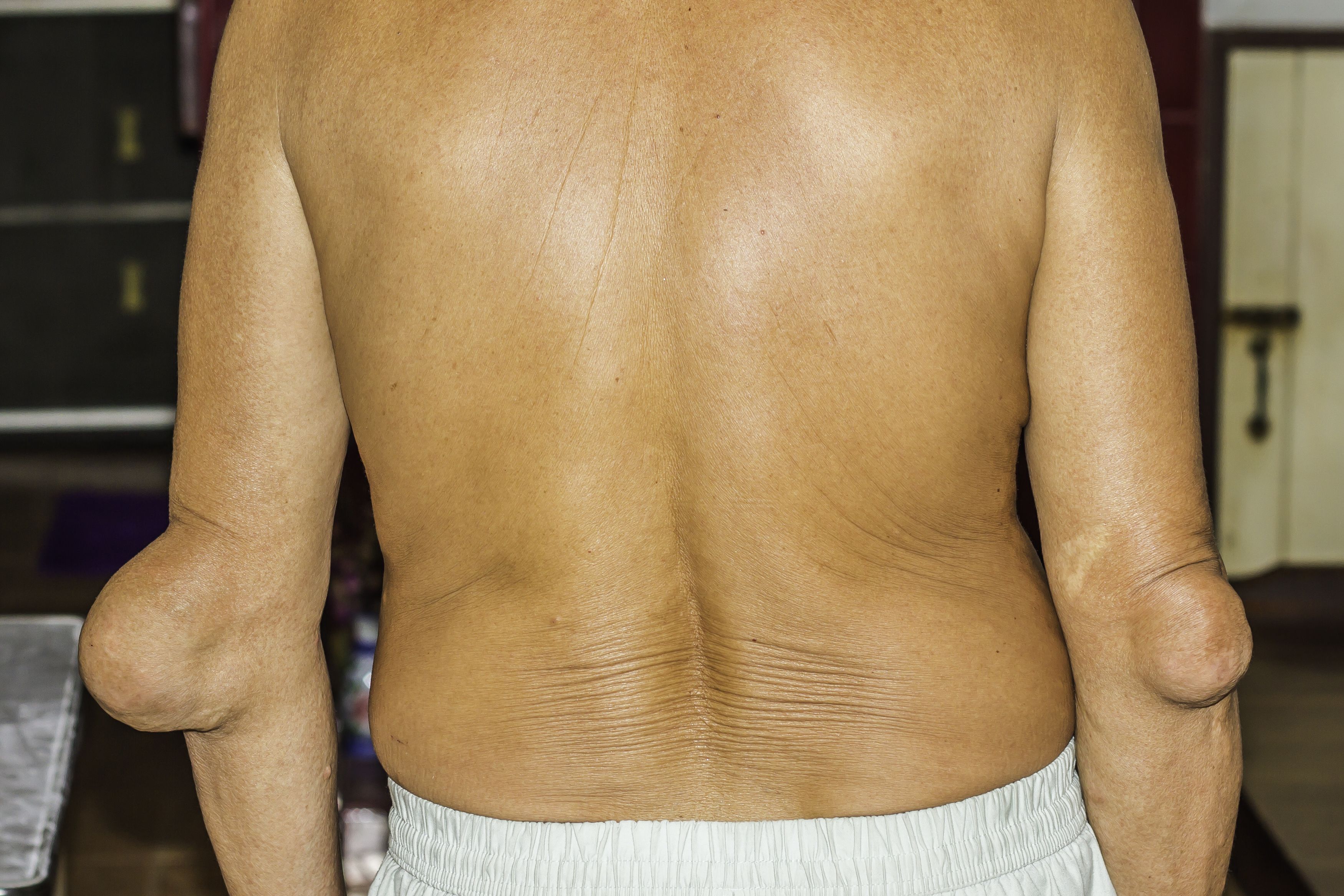Article
Osteoarthritis and gout may be more interrelated than previously thought
Researchers writing in Arthritis & Rheumatology have found evidence suggesting that osteoarthritis may be a precursor to the development of gout.
(©Adul10, AdobeStock)

Researchers writing in Arthritis & Rheumatology have found evidence suggesting that osteoarthritis may be a precursor to the development of gout.
"Our results suggest that during the osteoarthritic process, the release of smaller cartilage particulates into joint spaces may promote MSU crystal formation in a hyperuricemic environment,” wrote researchers who were led by Nicola Dalbeth, M.D., of the University of Auckland, New Zealand. “Our analysis of specific cartilage factors in the crystallization assays suggest that type II collagen is, at least in part, responsible for the effects of cartilage on MSU crystal growth.”
Previous studies have shown that gout and osteoarthritis are interrelated. The nature of this relationship is still unclear as to whether monosodium urate (MSU) crystal deposition and gout contribute to osteoarthritis, or if osteoarthritis promotes crystallization and gout in people with hyperuricemia.
This study, which was published July 11, is based on the analysis of cartilage from 11 patients undergoing knee joint replacement surgery. The cartilage was collected from the subchondral bone and divided into macroscopically-healthy tissue and macroscopically-diseased tissue.
Crystallization assays indicated that MSU crystals formed in the presence of human cartilage homogenates were consistently shorter than those formed without any added cartilage homogenates, suggesting that shorter MSU crystals may promote IL-8 secretion and neutrophil-driven inflammation in gout.
“In this study, we have demonstrated that under conditions that favor MSU crystallization, human cartilage homogenate significantly promotes MSU crystal formation, alters MSU crystal size and promotes MSU crystal-induced inflammation,” the authors wrote.
REFERENCE
Chhana, A., Pool, B., Wei, Y., Choi, A., Gao, R., Munro, J., et al. “Human cartilage homogenates influence the crystallization of monosodium urate ( MSU ) and the inflammatory response to MSU crystals: A potential link between osteoarthritis and gout.” Arthritis and Rheumatology. July 11, 2019. DOI:10.1002/art.41038
2 Commerce Drive
Cranbury, NJ 08512
All rights reserved.




